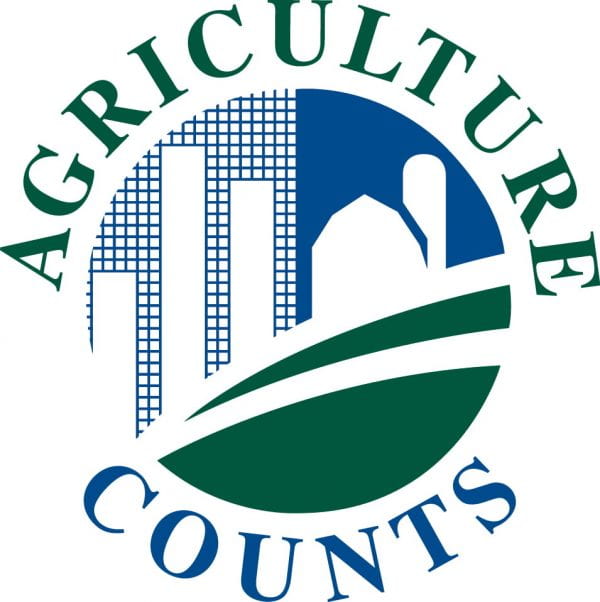Attention: Ohio Maple Producers
As many of you probably remember, USDA NASS stopped collecting Ohio’s maple syrup production data in 2019. Since that time the Ohio Maple Producers Association, The Ohio State University Extension, and others have had no readily available annual data to use in the support of our state’s maple industry. Without this information, the ability to present hard numbers in support of our industry to Ohio Department of Agriculture and Ohio’s Legislature has been limited. Even though our ability to report annually is gone, Ohio Producers can report every five years via the Census of Agriculture. In fact, just like the US Census, reporting to the Census of Agriculture is mandatory for all farmers in Ohio and the US. On this note, I (Les Ober writing here) received the following request from Jean Lamontagne Executive Director of the International Maple Syrup Institute.
It’s Time To Be Counted!!
Greetings to all maple association leaders, please take note and inform your members.
“The Census of Agriculture is taking place this month! Every five years, the USDA takes a Census of all US Agriculture to update its complete count of America’s farms and the hardworking people who run them.
The census provides valuable information used at the local, state, and national levels to plan for the future and help ensure our country’s agricultural community receives the resources it needs. Participating helps inform decisions about policy, conservation programs, infrastructure, education, and more. It is also the only source of uniform, comprehensive, and impartial agricultural data for every county and state in the country. Make every voice count in the future of agriculture by participating in the census!”
All information gathered is completely anonymous and private.
If you do not receive a census form in the mail in November sign up at
https://www.agcounts.usda.gov/static/get-counted.html
Jean Lamontagne, MBA McGill
Executive Director IMSI
NOTE: It is important for our maple industry to respond to this survey and the annual NASS maple syrup survey. An up-to-date, accurate and complete aggregate record of the US maple crop’s growth and yield gives producers, packers, and equipment manufacturers a competitive advantage compared to other businesses and industries that are competing for capital as well as public funding such as research grants. Being counted helps the entire industry’s ability to influence supportive public policy decisions at every level of government as well as benefiting from economic development programs.
Over the last two years, I have been working on a IMSI (International Maple Syrup Institute) Committee submitting proposals to revise the NASS Maple data collection protocol. Significant progress has been made. It is my sincere hope that if Ohio Maple has a positive response to the 2022 Ag Census, the state may be reinstated in some form. This will only be possible if Ohio Maple Producers include their maple production data in the Ag Census along with the rest of any other commodity data produced on your farm. Please support Ohio’s maple industry by including your maple data in the 2022 Census of Agriculture when it shows up in your mailbox this month.
It’s time to be counted!
Les Ober, Geauga County Extension Educator
NE Ohio Maple Syrup Program Coordinator
The Ohio State University Extension
Ober.10@osu.edu
440-834-4656
